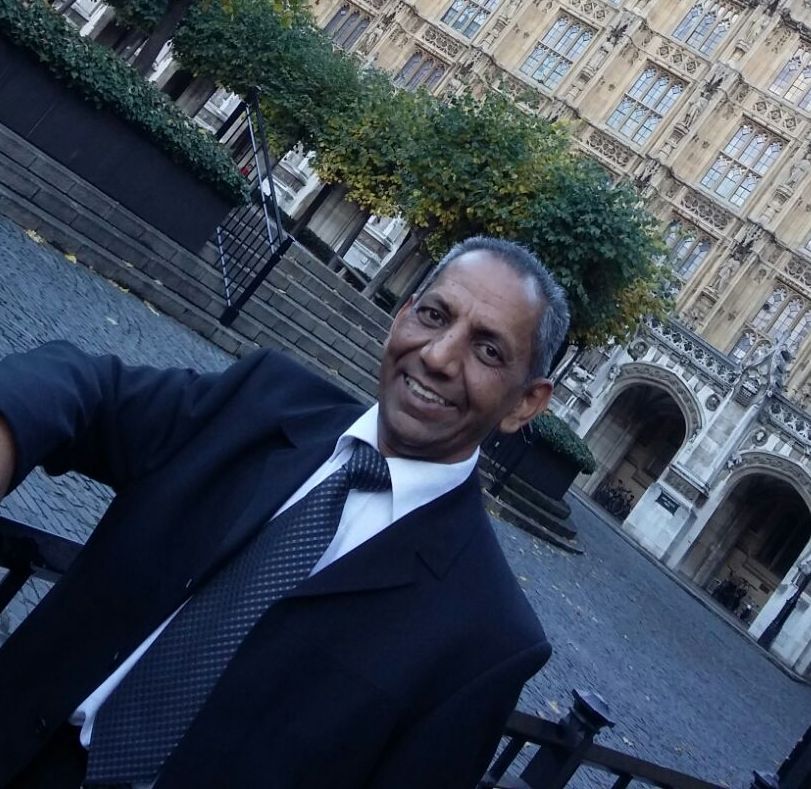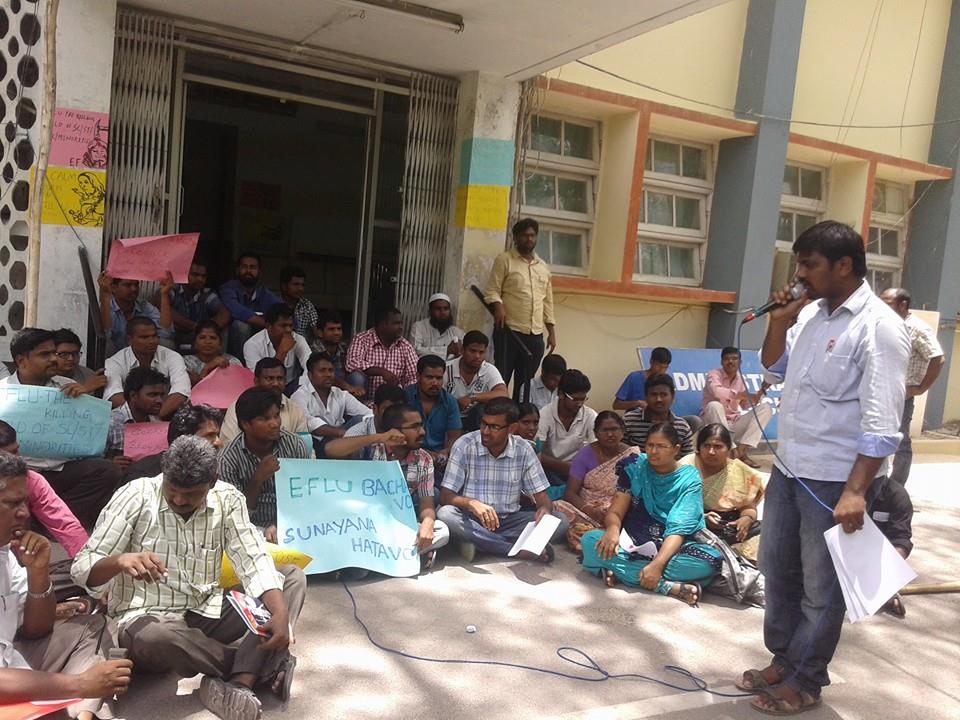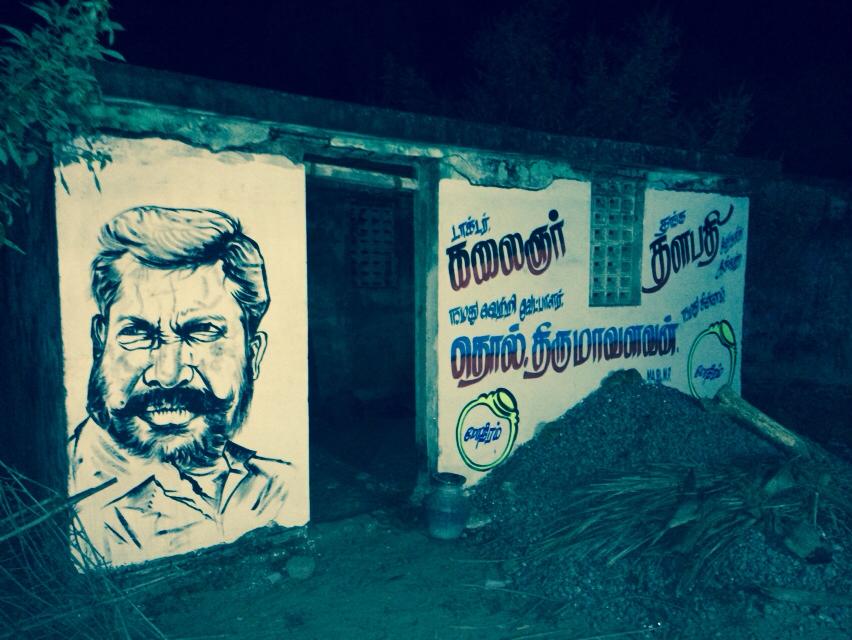A tribute to the indigenous people of India on International Indigenous People’s Day now recognised by the UN
A simplified brief history of thousands of years of Indian anti-humanism explains who are the indigenous people of India
Shekhar Bodhakar
 The Real Utopia
The Real Utopia
Over three (some say four, some five) thousand years ago the land called ‘Jambudvipa’, now known as the Indian subcontinent incorporating the Harrapan and Indus Valley Civilisations was a naturally mineral rich, fertile, peaceful and thriving land.
It was progressive because there was equality, liberty and fraternity amongst ‘Jambudvipa-Nivasis’ (inhabitants of Jambudvipa), the ‘indigenous people’ of Jambudvipa.
We conclude this from the archaeological finds in the Harappan and Indus Valley Civilisations (IVC) where amazingly, no weapons whatsoever were found. (Ref. Sept 2016 issue of ‘The New Scientist’- The Real Utopia).
All dwellings were similarly built, there was no show and pomp; no high-low positions. People were free to chase their dreams.
No wonder it was the most scientifically advanced and creative civilisation in millennia.
The peaceful ‘Jambudvipa Nivasis’, now commonly called the ‘Mulnivasis’ of India, never planned for security against any alien invaders because they most probably didn’t even know they existed. They felt they didn’t need to.
(Note: The word ‘Mulnivasi’ is not a proper noun, it is not a name given to a person of any particular group. It is a common noun which means ‘indigenous person’).
The current state of affairs in the same land of Jambu Dvipa, modern day India with parts in Pakistan, is obviously not as peaceful and progressive as it was in the golden period of IVC. WHAT HAPPENED? It can only mean that:
Either
1. Those original inhabitants, the indigenous people of modern India, did not want to or did not like to live in peace & security and instead preferred mayhem;
Or
2. Their peace and way of life was disrupted as a result of invasions.
Overwhelming evidence by the ‘Hindu’ and Non-Hindu scholars indicate the latter. The invasions occurred over a period of time. It wasn’t a one-off invasion.
After The Invasion
The invaders (irrespective of where they came from; origin debatable), did in Jambudvipa what was considered the norm in that era. They looted, oppressed, committed atrocities of unimaginable magnitude and controlled all aspects of the original inhabitants’ lives. They became the rulers, the lawmakers, the powerful new masters.
To ensure their dominance and hegemony they sealed the fate of the invaded for millennia by devising a hierarchical system of slave labour, from which they believed it would be impossible to escape for they would ingrain it in the psyche of the Mulnivasis. This was the evil caste system.
This system of control, that Dr B R Ambedkar called ‘the system of graded degradation’ is to this day the most dominant deciding factor in shaping peoples’ lives.
A certain proportion of Mulnivasis could not be made to and did NOT fall prey to the vile caste system, not because they resisted but simply because they were out of sight and were either nomads or lived in the dense forests and mountains. Other Mulnivasis who didn’t want to become the ‘oppressed and downtrodden’ escaped and joined them out of desperation.
A special term, ‘Adivasis’ was coined by Thakkar Bapa in 1930s for the purpose of classifying these escapees and forest dwellers. Many of those who were nomads left the area and travelled to Eastern Europe. Romanian gypsies trace their roots to these Nomads.
The natives left behind were either labelled ‘Acchut’ or ‘Ati-Acchut’ along with other Mulnivasis. They were the outcasts considered to be untouchables. They weren’t even worth assigning a caste to. Nor was it worth keeping them as slaves for, then there would be that risk of physical touch.
The Jambu-Dvipa invaders were the initiators of anti-humanism on a gigantic scale never witnessed in history before, giving rise to the LONGEST SURVIVING SINISTER SYSTEM OF SOCIAL CONTROL IN HISTORY. Even today most of the global population, including scholars are unaware of this stealth system of anti-humanism and have failed to recognise it as such.
The invasion of Jambudvipa resulted in two TWO factions of people living in the same land.
1. The original Jambudvipa-Nivasis, now known as the Mulnivasis.
2. The Invaders: The Manuvadis* who are supporters of societal laws laid out in the Manusmriti, an ancient Indian scripture containing a stringent law-code attributed to its author, the Brahmin Manu.
Jai Bhim, Jai Bharat, Jai Mulnivasi!
(*Manuvadis: Supporters of societal laws as laid out in the Manusmriti).
~~~
Shekhar Bodhakar is a London based Ambedkarite thinker, Composer of Buddha Taal and Founder Member of GIBC (Global Indian Buddhist Council, UK). He has also worked as Head of Mathematics department in a London college in the past.










